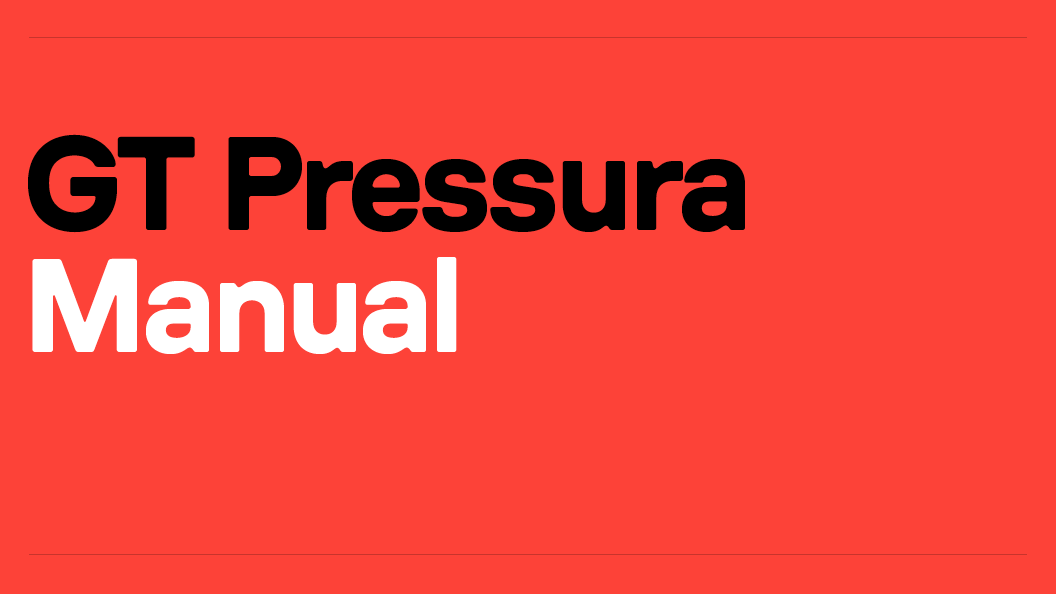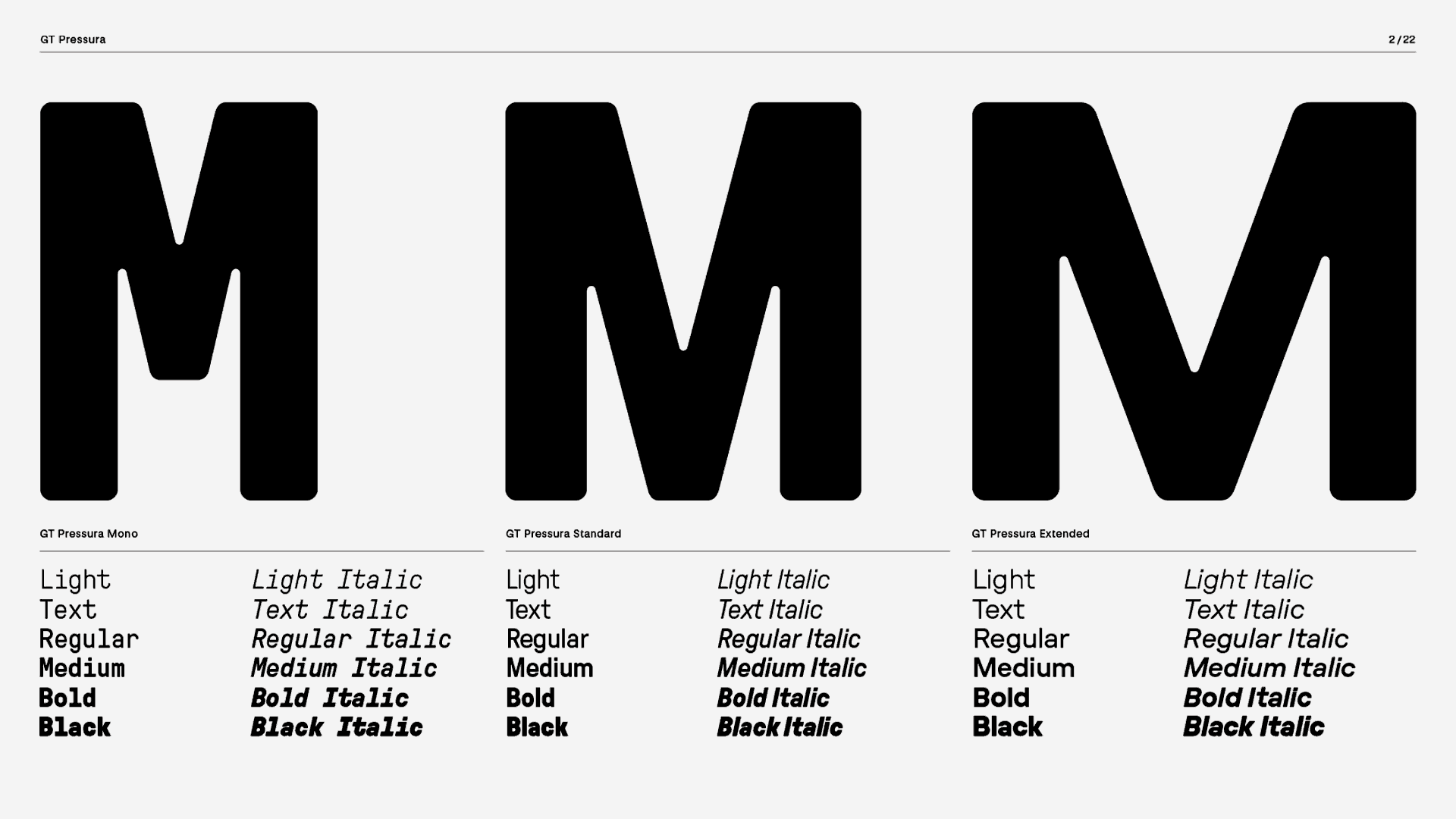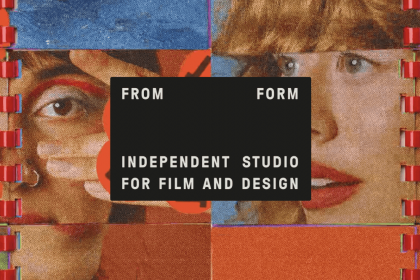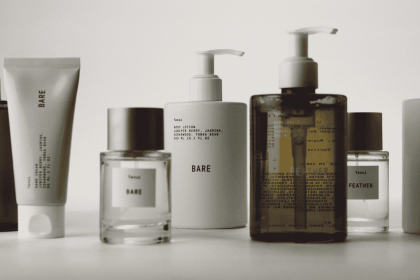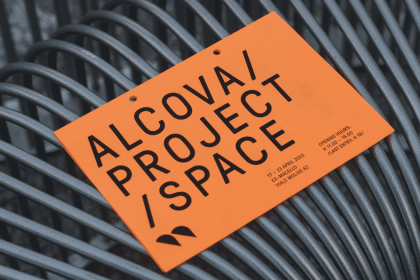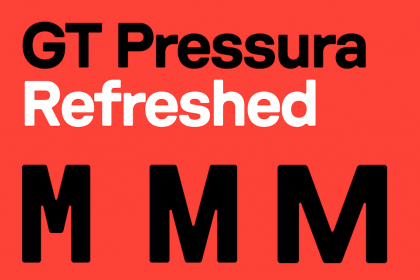GT Pressura
Family overview
- Standard
- Light Italic
- Text Italic
- Regular Italic
- Medium Italic
- Bold Italic
- Black Italic
- Mono
- Light Italic
- Text Italic
- Regular Italic
- Medium Italic
- Bold Italic
- Black Italic
- Extended
- Light Italic
- Text Italic
- Regular Italic
- Medium Italic
- Bold Italic
- Black Italic
Subfamilies
- Standard LightKeep coming up with love but it’s so slashed and torn
- Standard Light ItalicResulting economic collapse and drop in all modes of transport.
- Standard TextPuts people on streets
- Standard Text ItalicConstruction of these containers had a steel frame with wooden walls, floor, roof and doors. The first international standard for containers was established by the Bureau International
- Standard RegularFragile, Keep Dry (with Broken Glass & Umbrella Graphic) 18" Image, 24"×24" Sheet
- Standard Regular ItalicIntermodal containers exist in many types and a number of standardized sizes, but ninety percent of the global container fleet are so-called "dry freight
- Standard MediumUm ba ba be
- Standard Medium ItalicEe day da – that’s okay
- Standard BoldDo Not Freeze, 6" x 4" Paper Shipping Label, 500 Labels/Roll, Paper Labels [DE-GLOSS]
- Standard Bold ItalicIt was 8 ft 6 in (2.59 m) long, 6 ft 3 in (1.91 m) wide, and 6 ft 10 in (2.08 m) high, with double doors on one end, was mounted on skids, and had lifting rings on the top four corners.
- Standard BlackThis system used roller containers for transport by rail, truck and ship, in various configurations up to 5,500 kg (12,100 lb) capacity, and up to 3.1 by 2.3 by 2 metres (10 ft 2 in × 7 ft 6 1⁄2 in × 6 ft 6 3⁄4 in) in size.
- Standard Black ItalicΤύπος ΙΑ: 40 Χ 8 Χ 8 πόδια ή Τύπος ΙΒ: 30 Χ 8 Χ 8 πόδια
- Settings
Typeface information
GT Pressura is inspired by metal type printing history as well as engineered letters stamped onto shipping boxes. It uses the visual gesture of ink spreading under pressure as a stylistic device, offering an alternative to more spindly typefaces of the digital age.
Typeface features
OpenType features enable smart typography. You can use these features in most Desktop applications, on the web, and in your mobile apps. Each typeface contains different features. Below are the most important features included in GT Pressura’s fonts:
- TNUM
- Tabular Figures
13.07.2048
- SS01
- Alternate a
React
- CASE
- Case sensitive forms
¿TE GUSTA?
Typeface Minisite
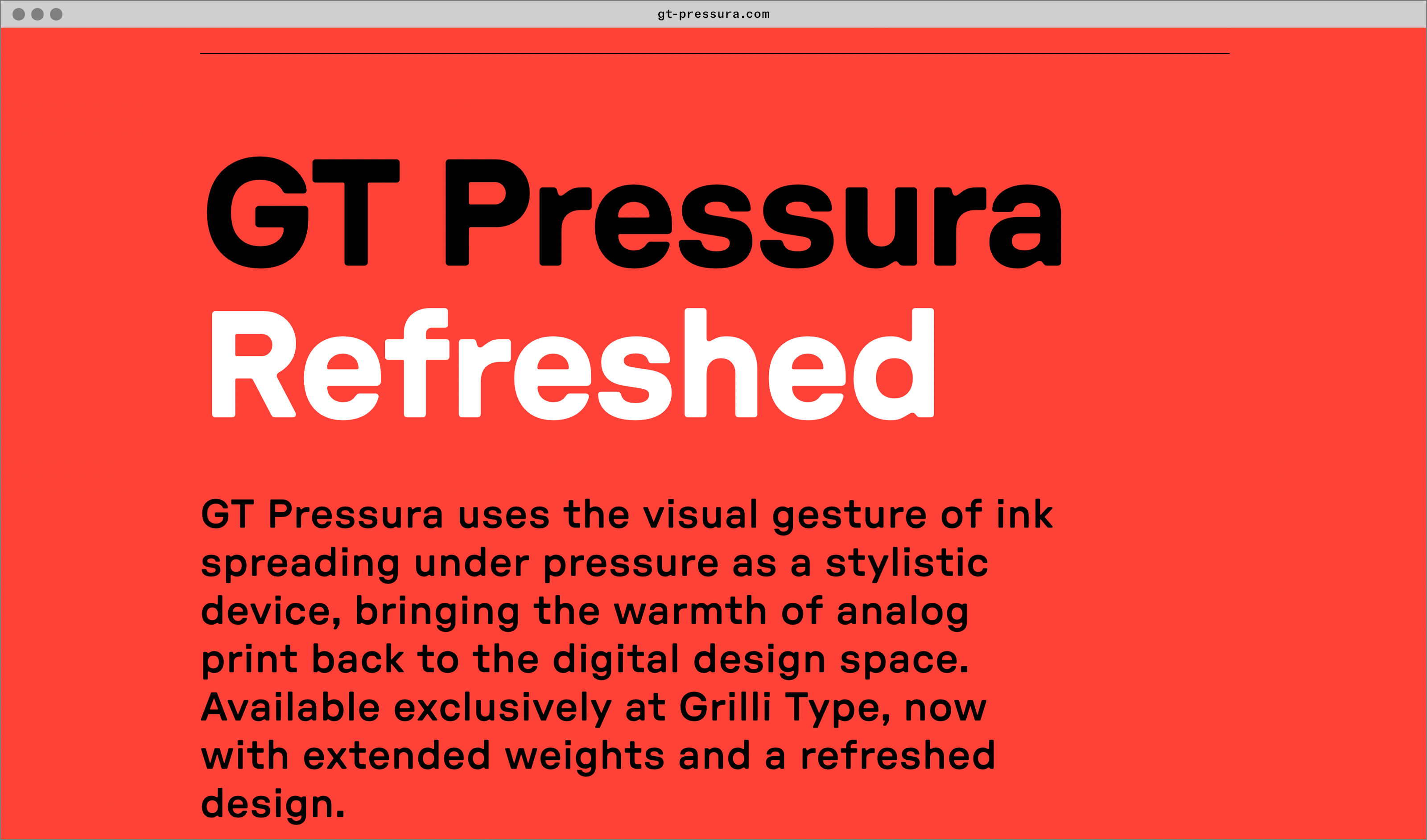
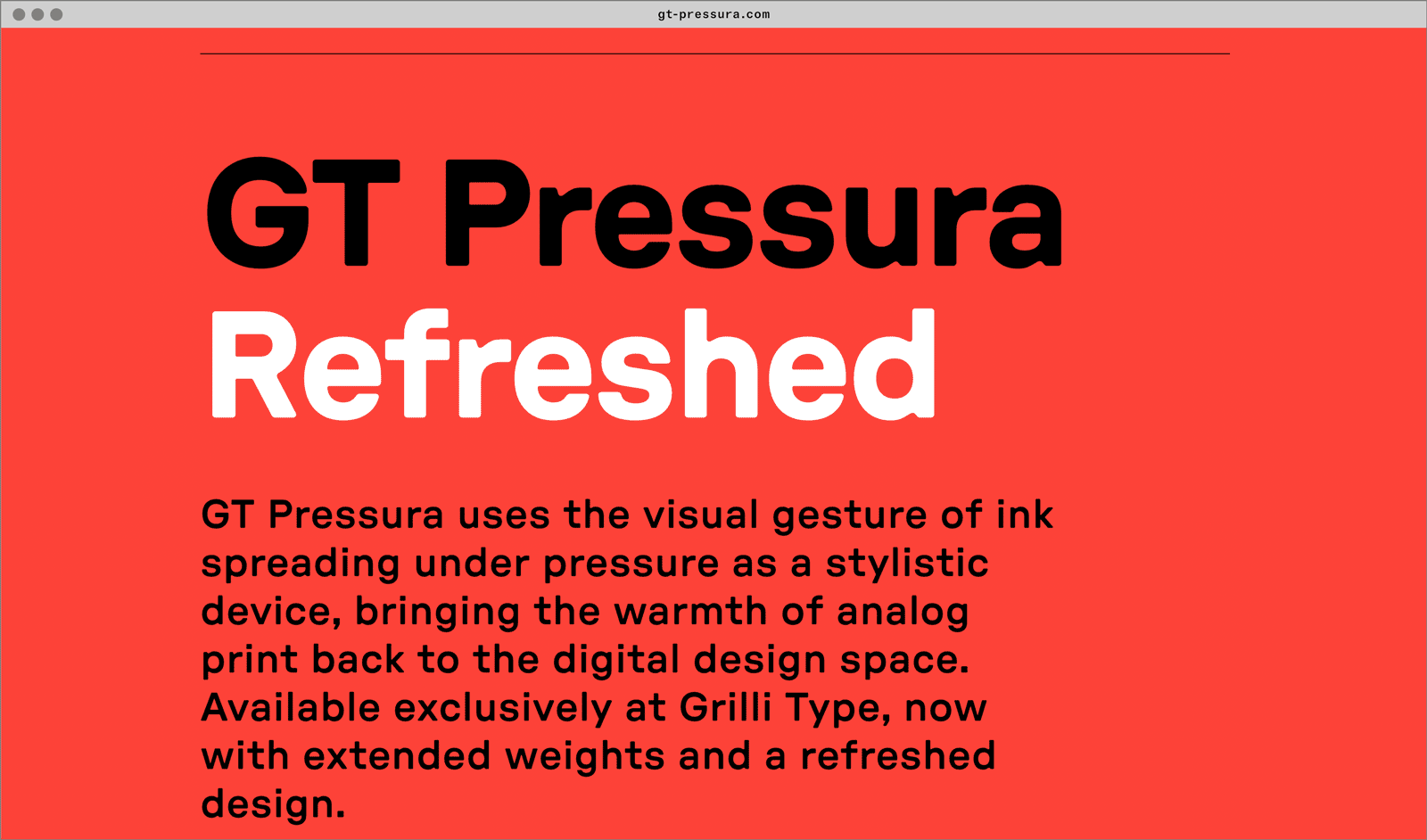
- Visit the GT Pressura minisite to discover more about the typeface family’s history and design concept.
GT Pressura in use
